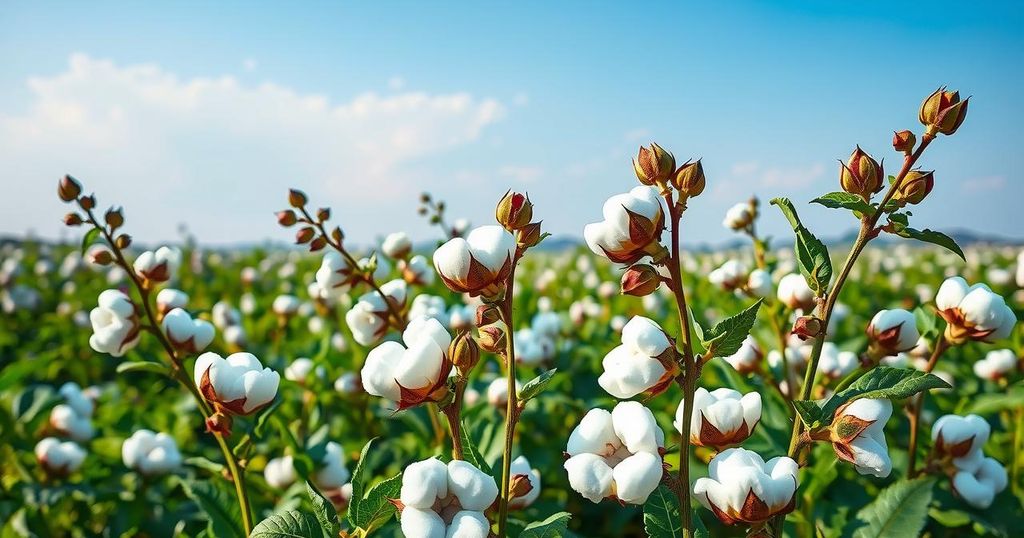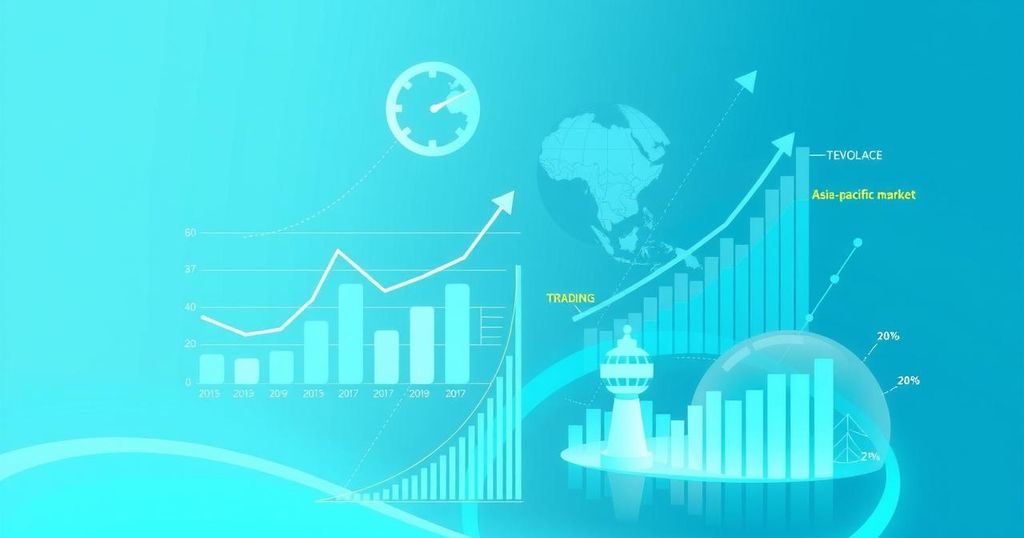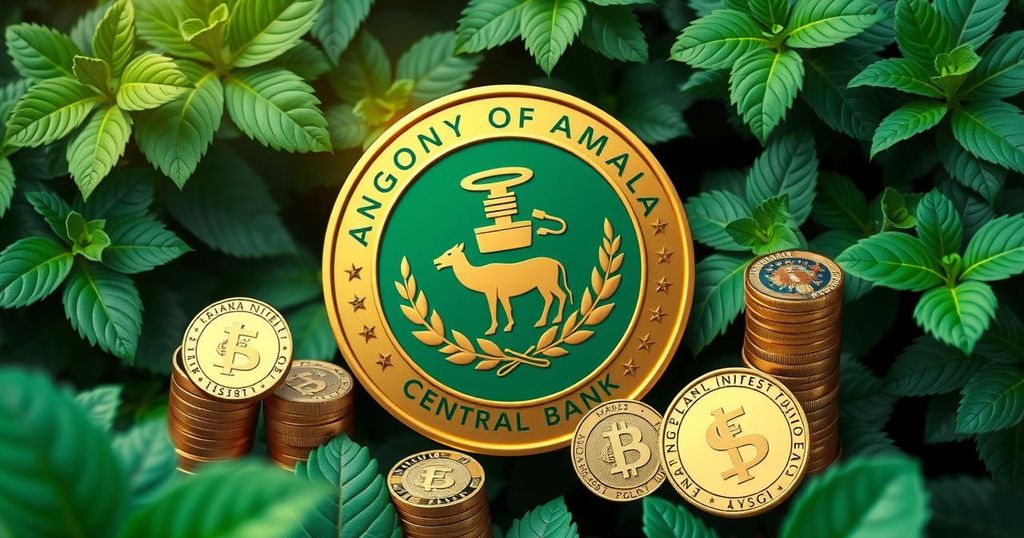Brazil’s Cotton Prices Surge to One-Year High Amid Market Fluctuations
Brazil’s cotton prices reached a one-year high in mid-March, with the CEPEA/ESALQ Index climbing to BRL 4.2582 per pound. Market players are focused on securing international contracts at higher prices, while demand continues for inventory replenishment. February exports were record-high but declined from January. The ICAC projects increased global cotton production and consumption for the 2024/25 season, indicating a tighter market.
In mid-March, Brazil’s cotton prices reached a one-year high amid ongoing fluctuations. According to the Centre for Advanced Studies on Applied Economics (CEPEA), the CEPEA/ESALQ Index rose to BRL 4.2582 (approximately $0.75) per pound, representing a 1.92 percent increase from February 28 to March 14. This marks the highest level since March 14, 2023, when it was recorded at BRL 4.2754 per pound in nominal terms.
Market participants are particularly focused on securing term contracts for the international market, where they are finalizing transactions at elevated prices compared to domestic levels. Recent global price increases have instilled confidence among sellers, prompting the maintenance of firm pricing strategies for spot market trades. Concurrently, demand persists as industry buyers are acquiring cotton to replenish stocks and fulfill immediate production requirements.
According to data from Secex, Brazil exported 274.63 thousand tons of cotton in February, achieving a record for that month. However, this figure represents a 33.9 percent decline compared to exports in January 2025. Over the last year, Brazilian cotton exports exceeded 2.9 million tons, illustrating a steady market presence.
The International Cotton Advisory Committee (ICAC) has projected world cotton production for the 2024/25 season to reach 25.688 million tons, a 0.55 percent increase from earlier estimates and a rise of 6.52 percent from the 2023/24 season. Furthermore, global cotton consumption is anticipated to climb to 25.527 million tons, signifying a 2.27 percent year-on-year increase, thereby narrowing the gap between supply and demand to just 0.63 percent.
In summary, Brazil’s cotton prices have hit a one-year peak amid fluctuating markets, driven by robust demand and international contracts. February saw record cotton exports, despite a notable drop from January. The ICAC projects an increase in both global cotton production and consumption, indicating a tightening supply-demand scenario. Seller confidence remains high due to favorable market conditions and pricing strategies.
Original Source: www.fibre2fashion.com




Post Comment